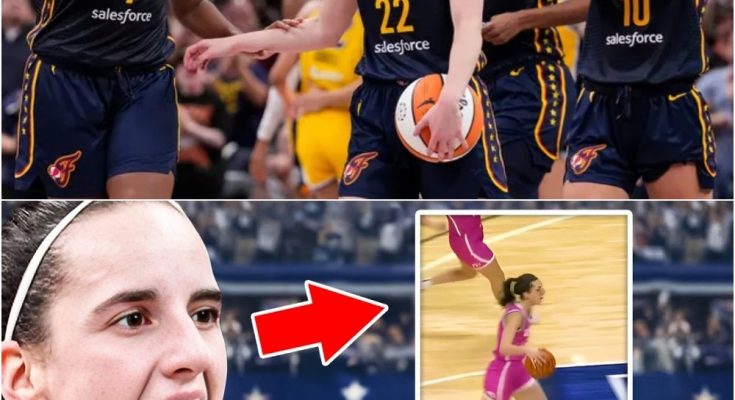The arrival of Caitlin Clark into the Women’s National Basketball Association (WNBA) has ushered in an era of unprecedented growth and visibility for the league, primarily benefiting the Indiana Fever. Clark’s influence, however, has also ignited debate regarding the treatment of female athletes and the complexities of success in women’s professional sports.

The Indiana Fever, once a struggling franchise, have been catapulted into the national spotlight. A testament to Clark’s drawing power is the unprecedented television coverage the team has secured. A remarkable 41 of their 44 games are slated for national broadcast, a milestone that signifies a turning point in the visibility of women’s basketball. This expanded exposure has translated into record-breaking viewership, with a regular-season game featuring Clark drawing 2.2 million viewers, exceeding even the WNBA Finals viewership numbers.
The Fever’s transformation has extended beyond viewership, impacting the league’s financial landscape and prompting teams to adapt to the burgeoning interest in women’s basketball. Venues are being upgraded across the league, including by teams like the Chicago Sky and Dallas Wings, to accommodate the increased fan attendance. The Fever’s games are averaging 1.2 million viewers, a figure that speaks to the growing demand for women’s sports entertainment. Furthermore, Clark’s jersey sales have eclipsed the entire league, demonstrating her unparalleled marketability.
The WNBA as a whole has experienced a surge in popularity, reflected in a 39% increase in home game attendance and an impressive 87% rise in attendance at road games featuring Clark. Over half of the WNBA’s national TV revenue last year was attributed to games featuring Clark, signaling a significant boost to the league’s financial standing. This surge in revenue has contributed to the recent agreement to increase player salaries by 53% and implement revenue sharing, a landmark deal highlighting the league’s commitment to its athletes.
While Clark’s success is undeniable, it has also drawn criticism and accusations of favoritism. Despite the scrutiny, Clark remains focused on her performance, breaking records and contributing to her team’s success. This situation has sparked discussions about the differing treatment and expectations placed upon female athletes compared to their male counterparts.
The WNBA is undeniably evolving due to Clark’s influence. Teams are recognizing the importance of star players in attracting visibility and revenue, marking a pivotal moment for the league’s growth and adaptation. Clark’s presence has not only transformed the Indiana Fever but is reshaping the WNBA, driving ticket sales, media viewership, and prompting significant financial changes. Her long-term impact on the league and the perception of women’s sports remains to be seen, but her initial impact has been nothing short of transformative.



